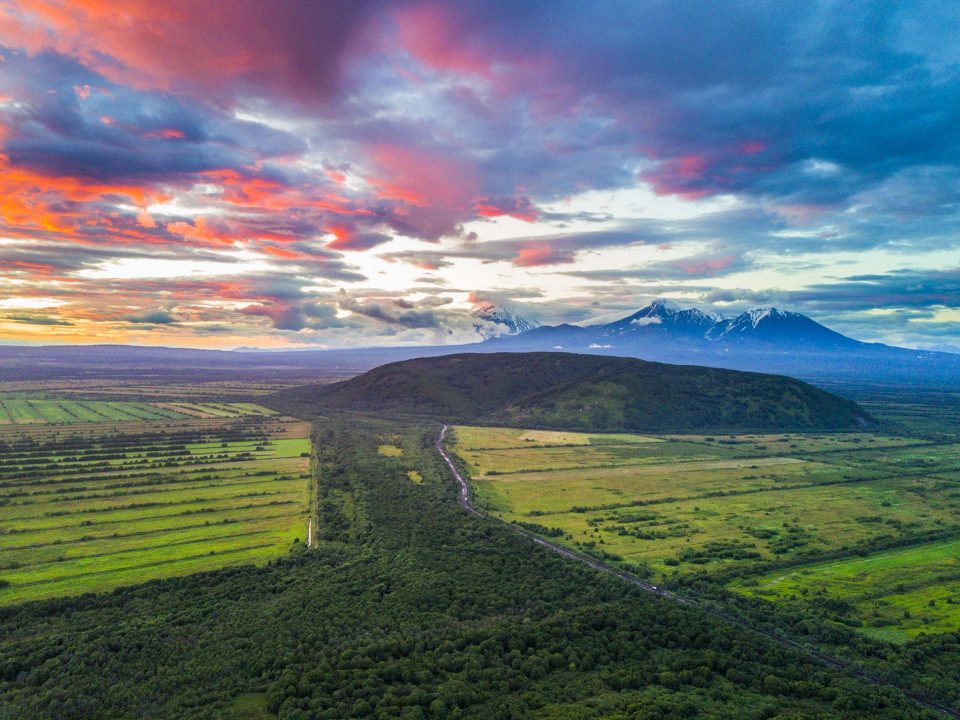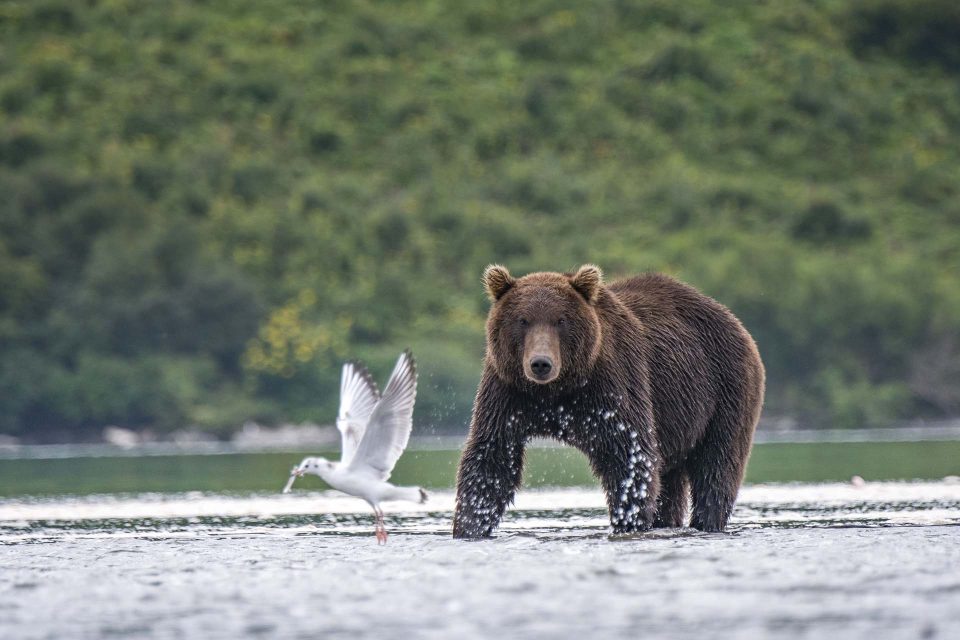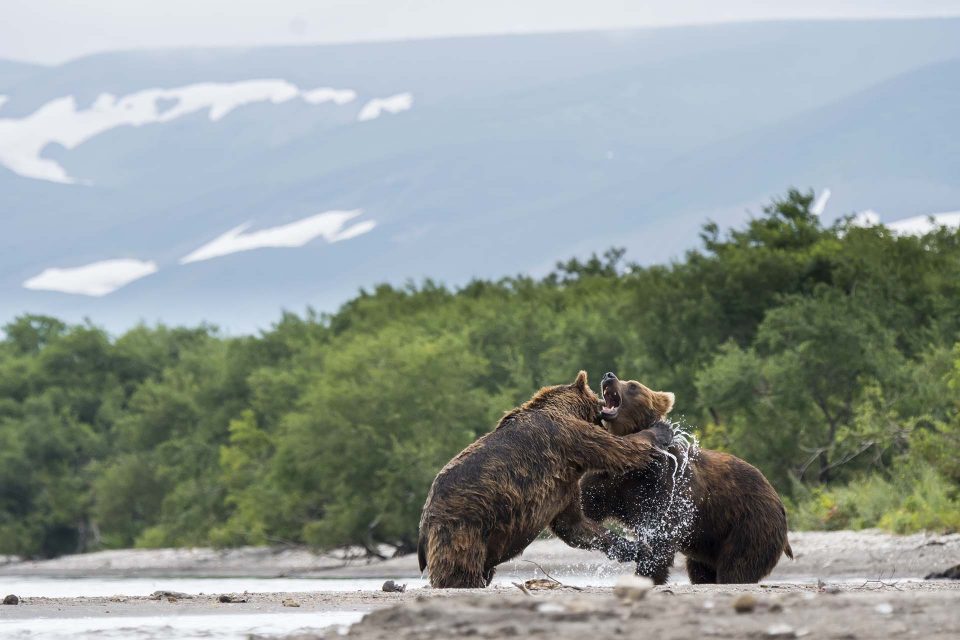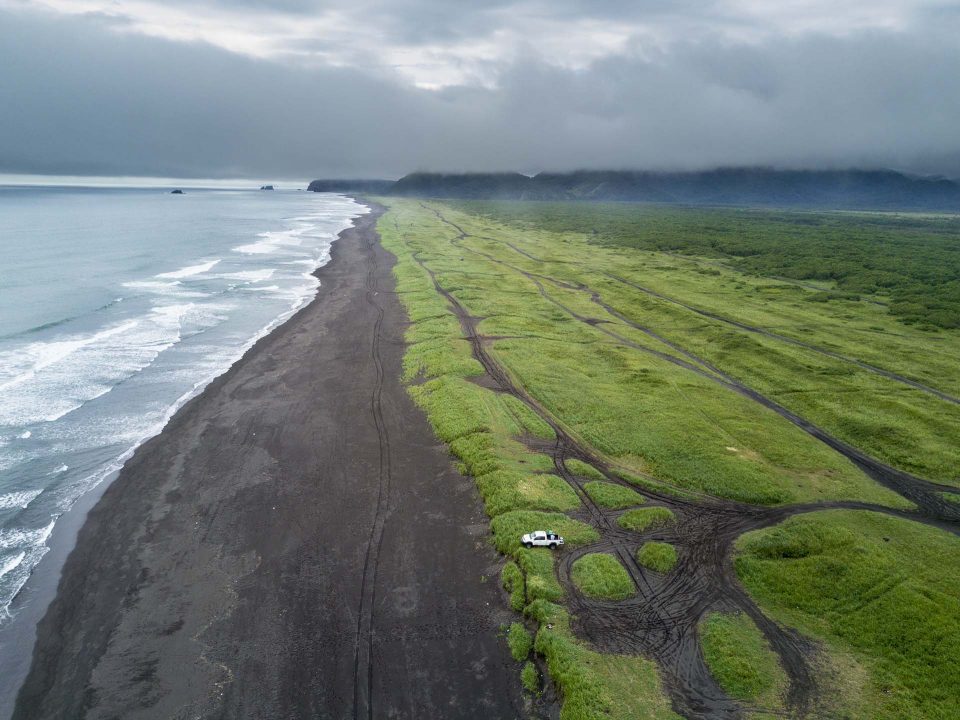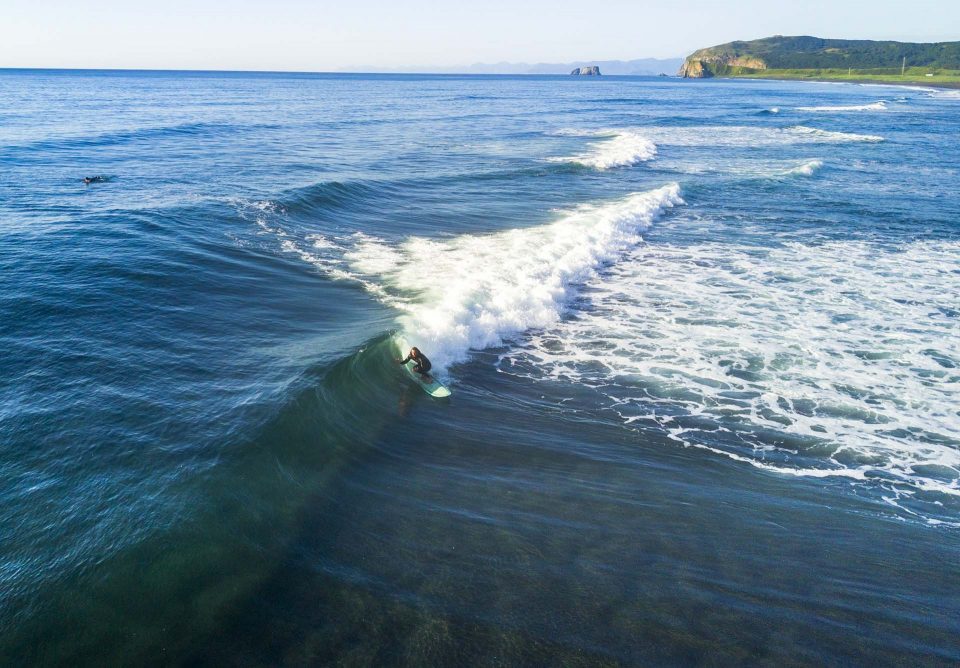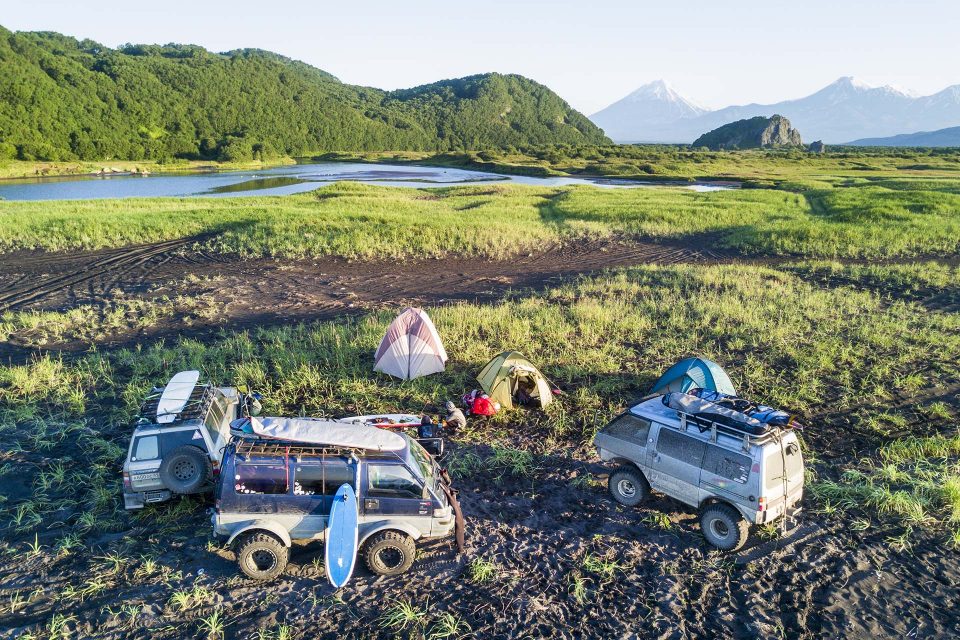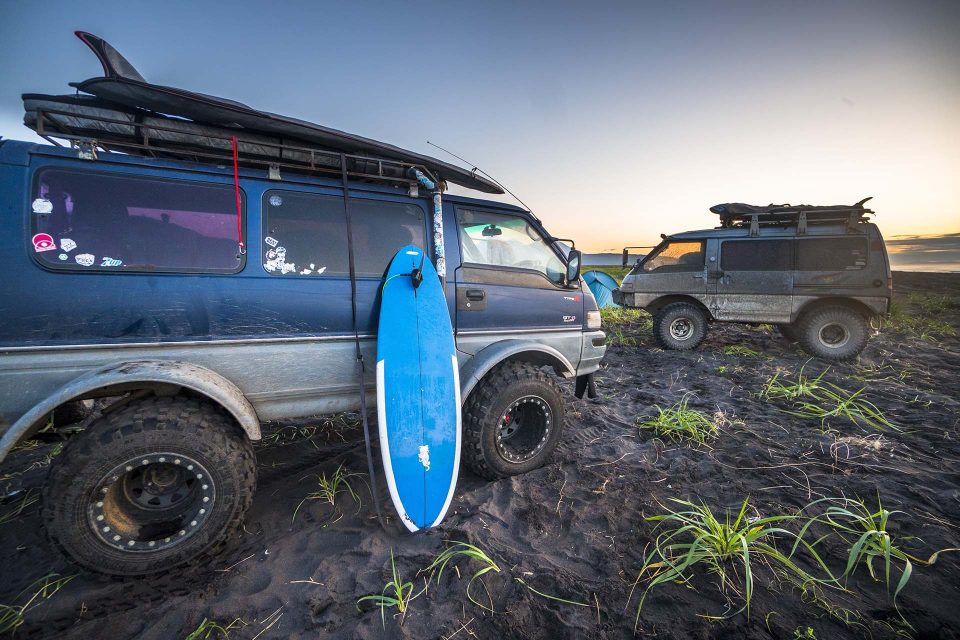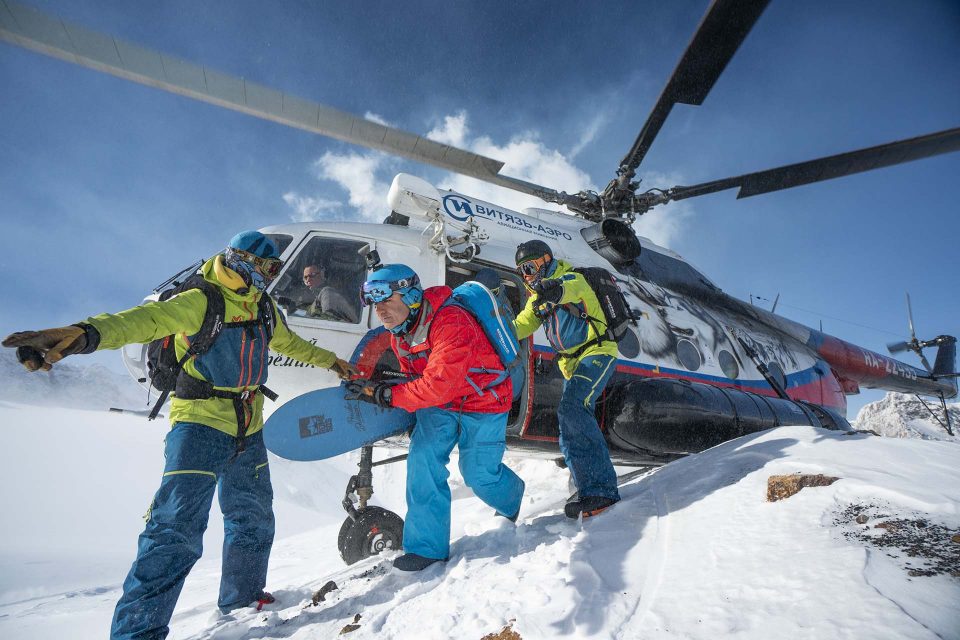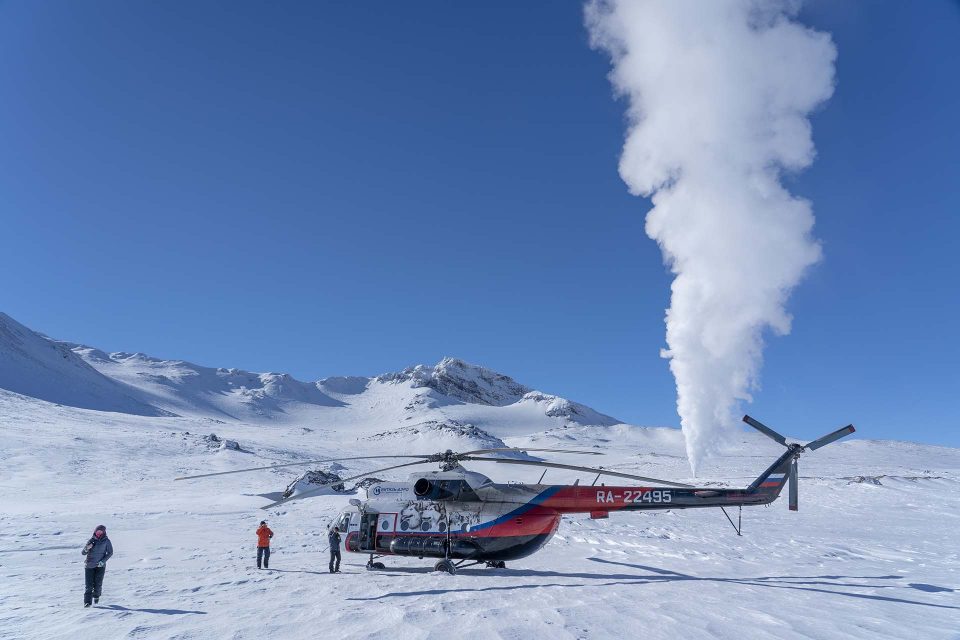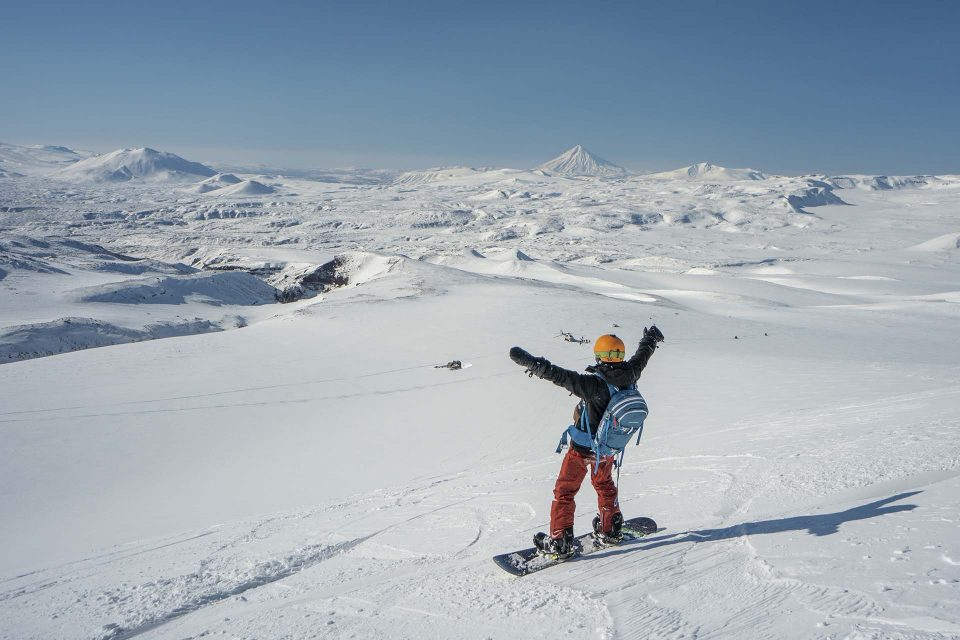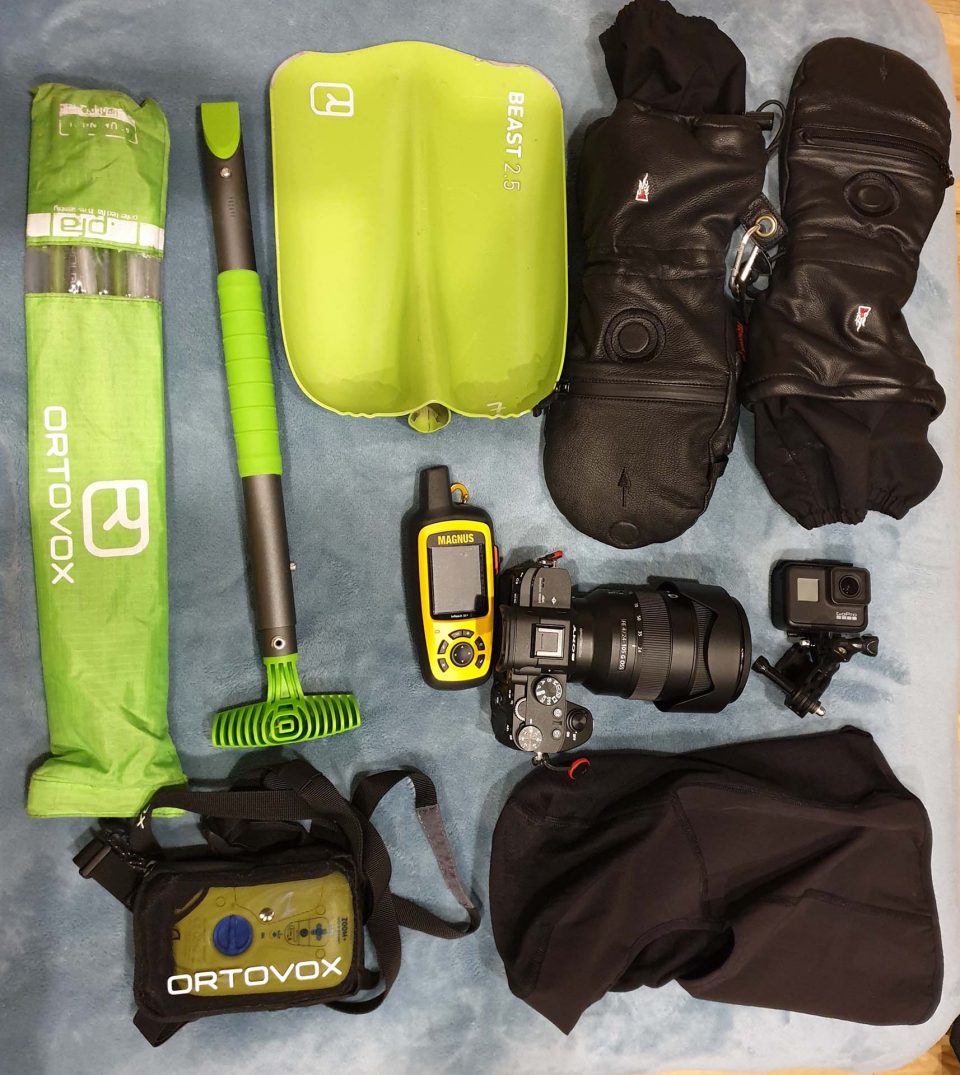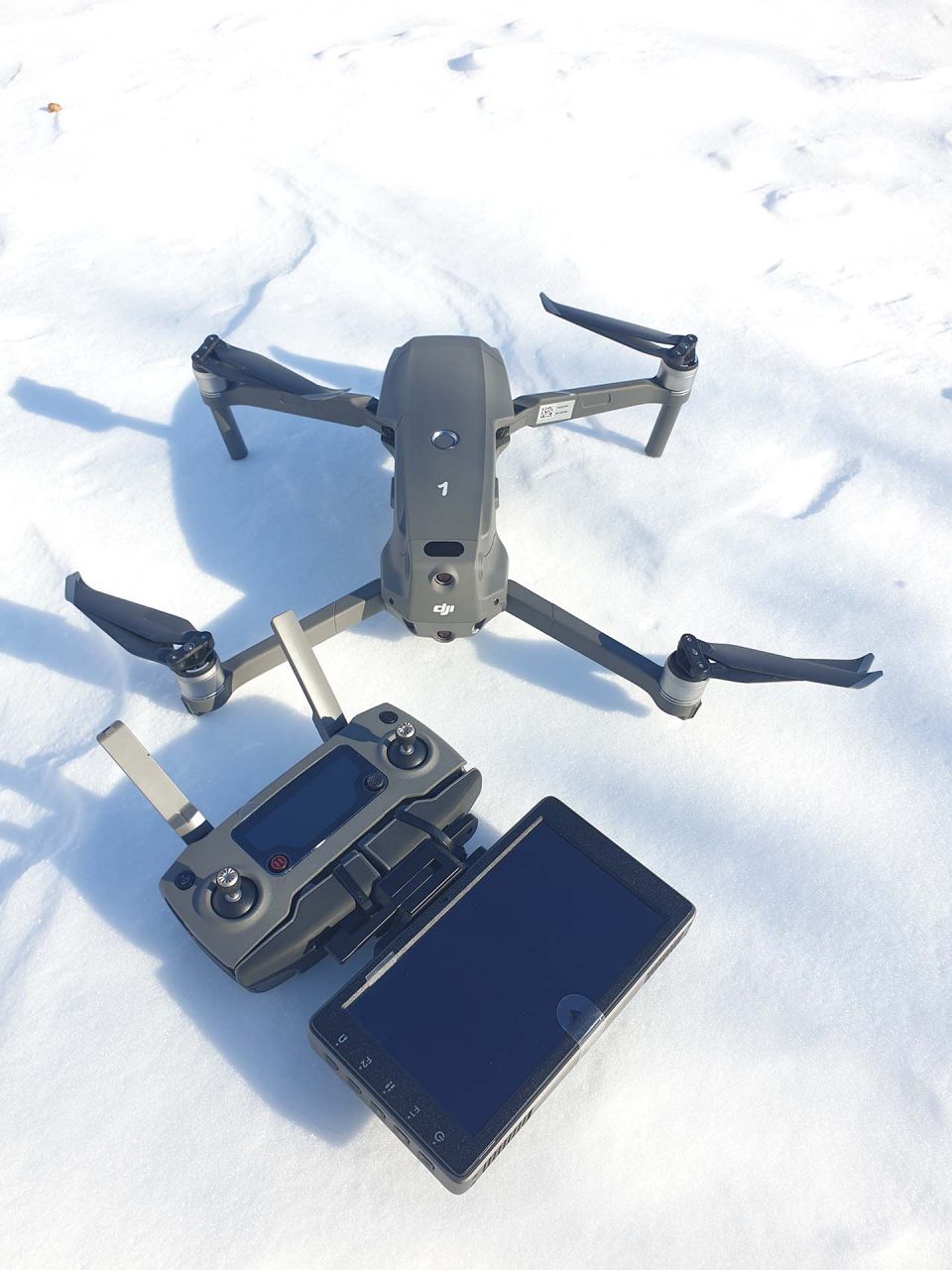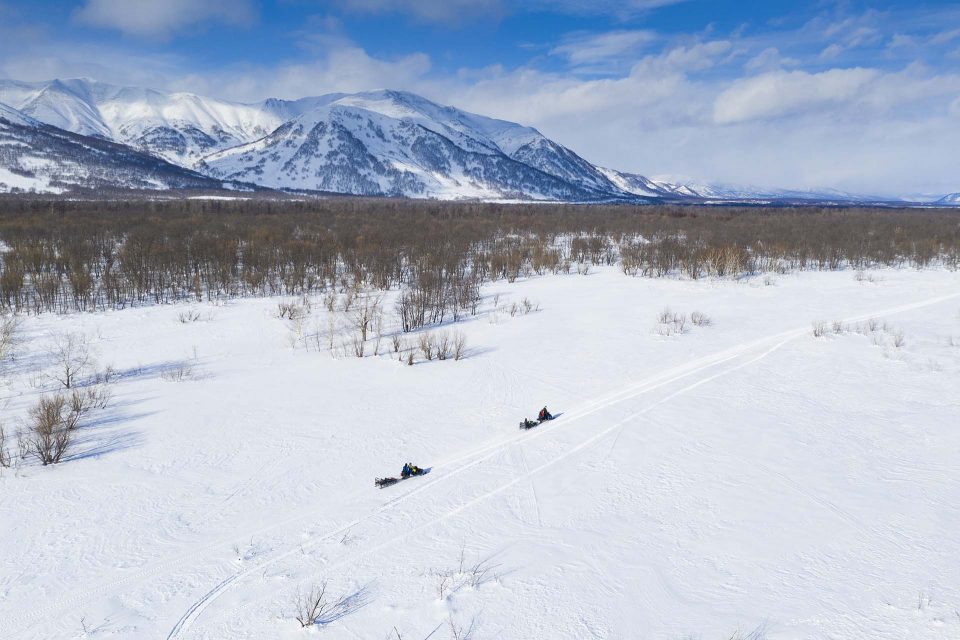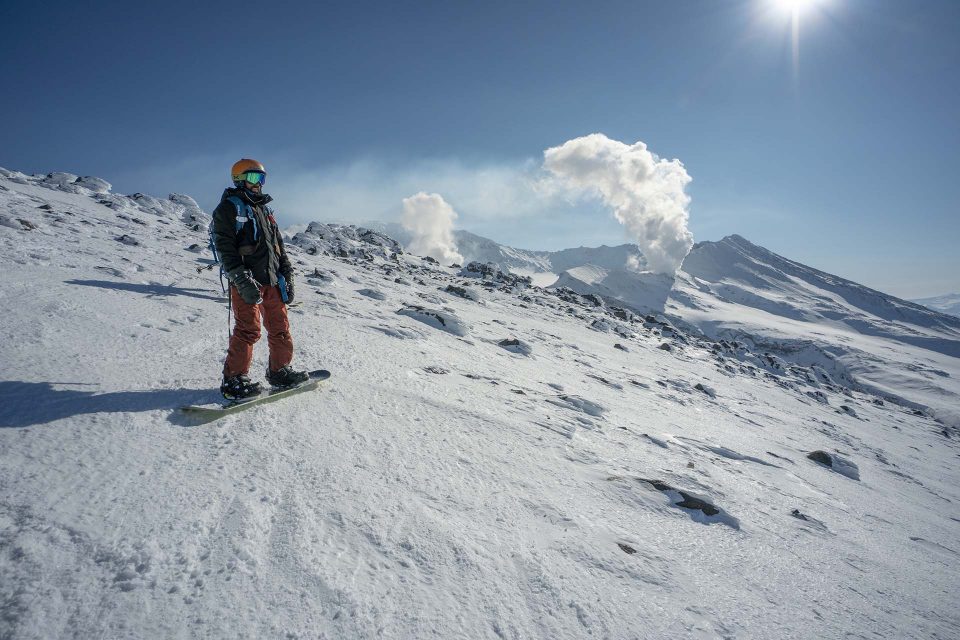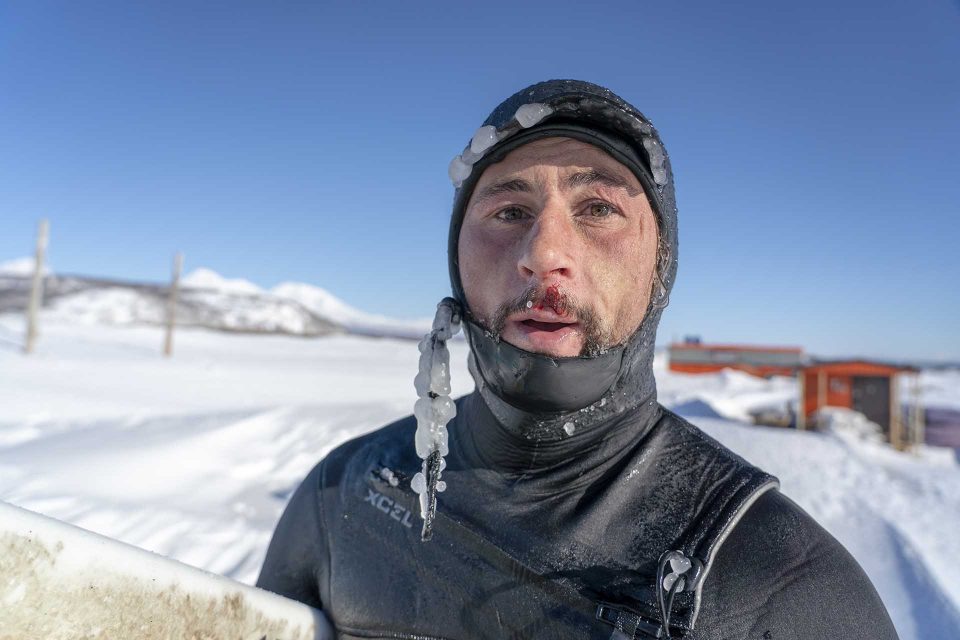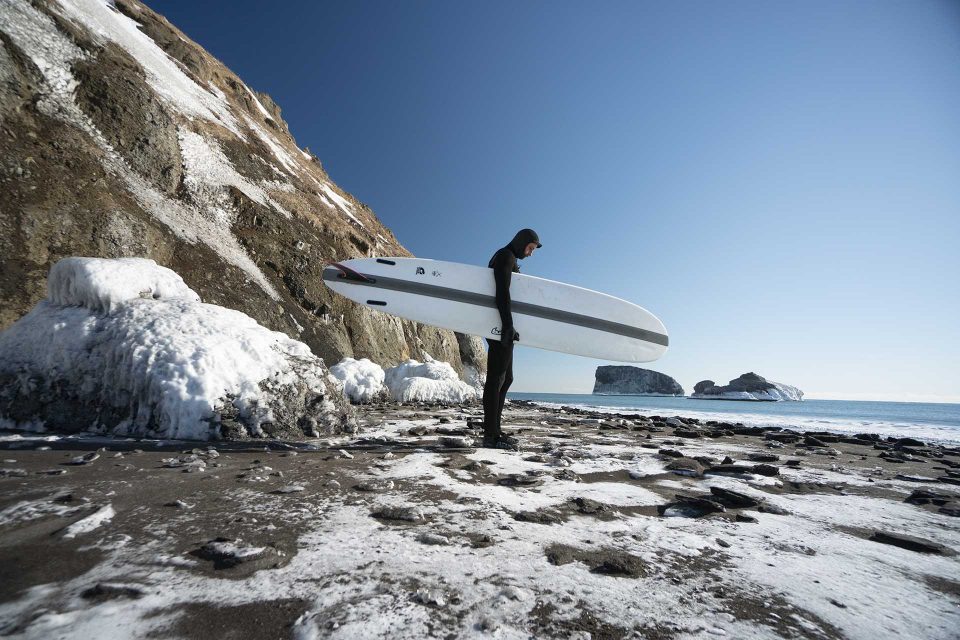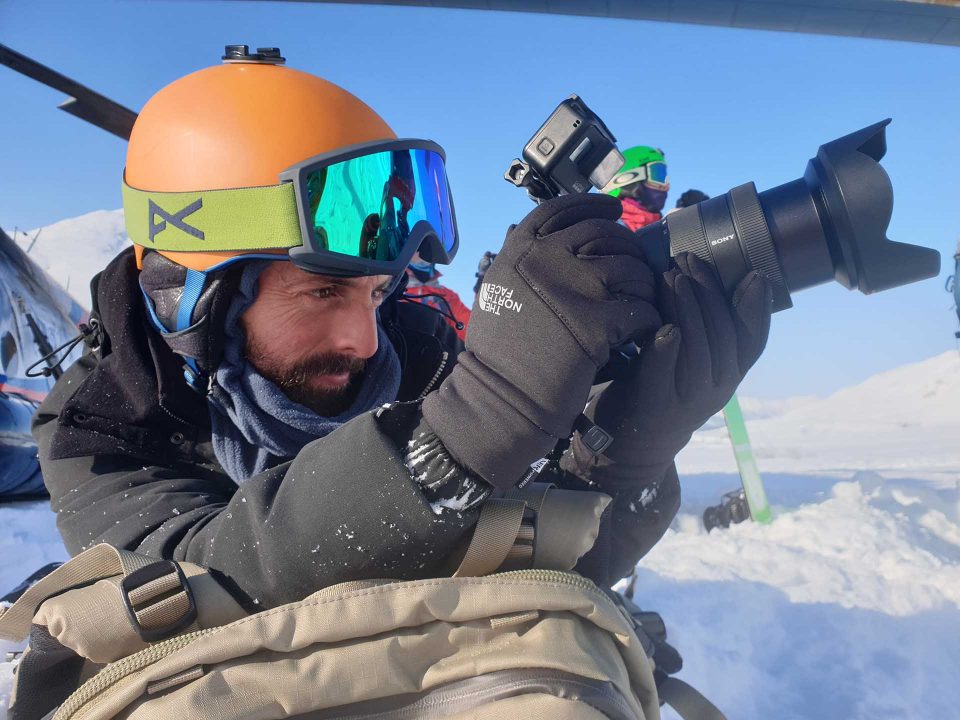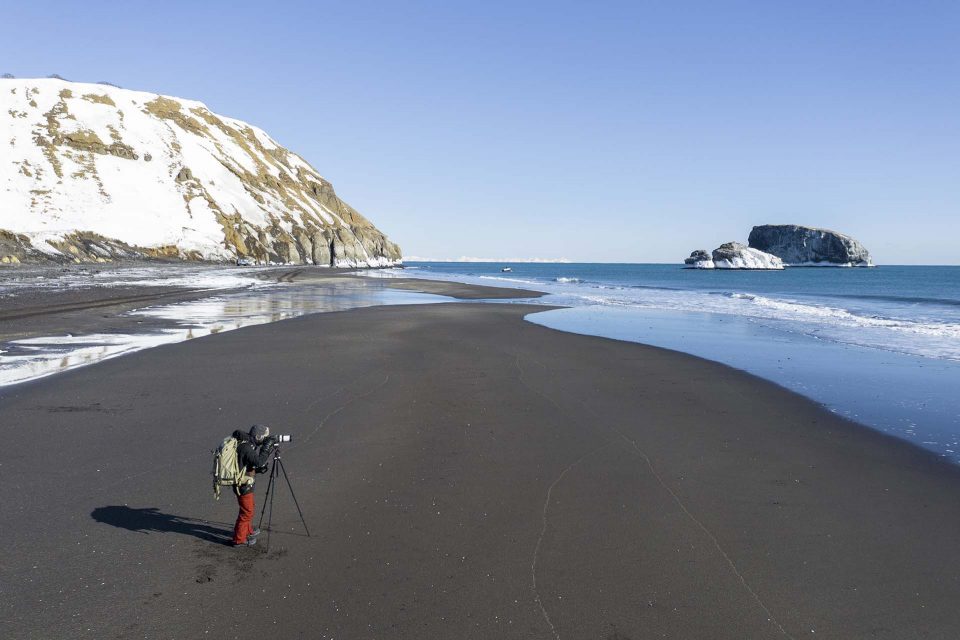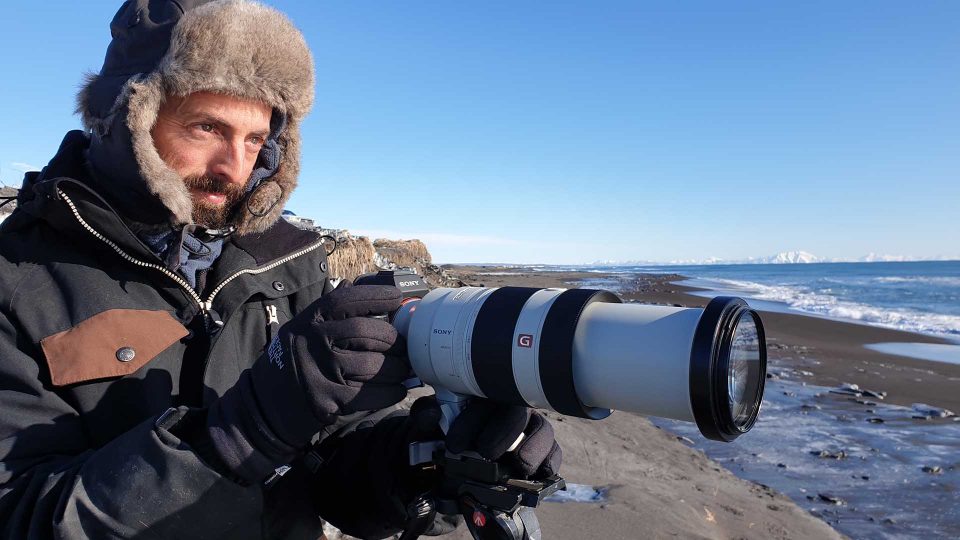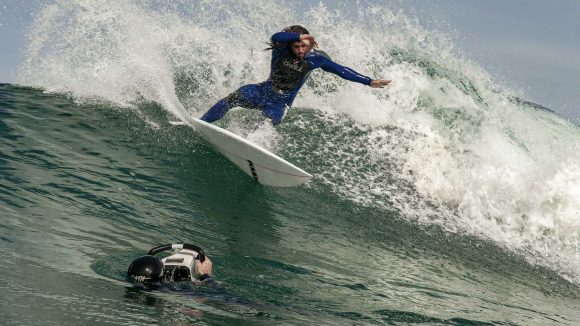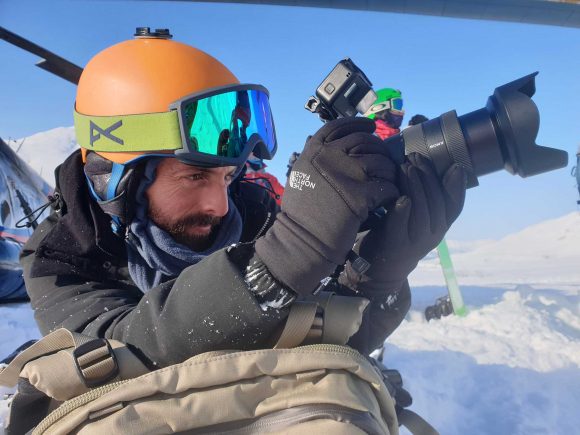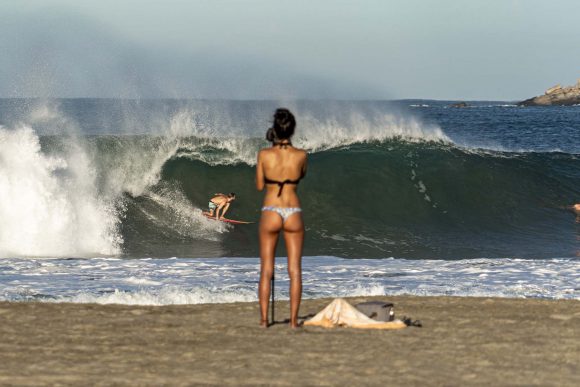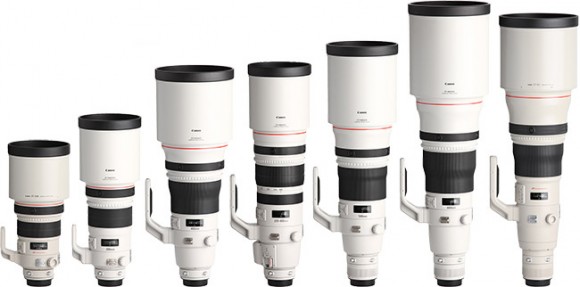Surf Kamchatka – Kamchatka Adventure
Surf kamchatka – Kamchatka Adventure : surfing | snowboarding | Heliski | Wildlife
My first trip to Kamchatka took place in summer of 2017 , and in february 2019 I returned for winter adventure in kamchatka.
Before I tell you about my trip, the equipment you’d need and a few tips, let’s see where Kamchatka is located on the map:

Kamchatka – A peninsular island in Russia’s Far East, 8 hours domestic flight from Moscow to its capital, Petropavlovsk.
The peninsula borders on the east with the Pacific Ocean and the Bering Sea, dividing it from the Alaska Peninsula, and on the west with the Sea of Okhotsk.
Kamchatka Half population is settled in the city of Petropavlovsk (approx. 180,000 residents).
Until the fall of the Soviet Union in 1992, Kamchatka had been a closed military region.
In total, Kamchatka boasts 300 volcanoes, 29 of which are still active, making this the region of highest density for volcanoes in the world.
What made you decide to go there the first time?
I met nature photographer Roie Glitz, who was taking a group of fellow photographers there for a ten-day experience.
The trip focused on nature photography of bears and whales, and the whole idea really sparked my interest. I thought I might combine a nature trip together with a surfing trip on remote, pastoral beaches.
Why did the destination spark your interest? What attracted you to it?
I once saw a film by an American photographer (Chris Burkard) of a surfing experience in Kamchatka. There wasn’t a lot of information readily available about the place and it made me curious.
The combination of a nature photography trip and a search for beaches that had never before been surfed seemed like a spontaneous, mystery-laden adventure and I loved the idea.
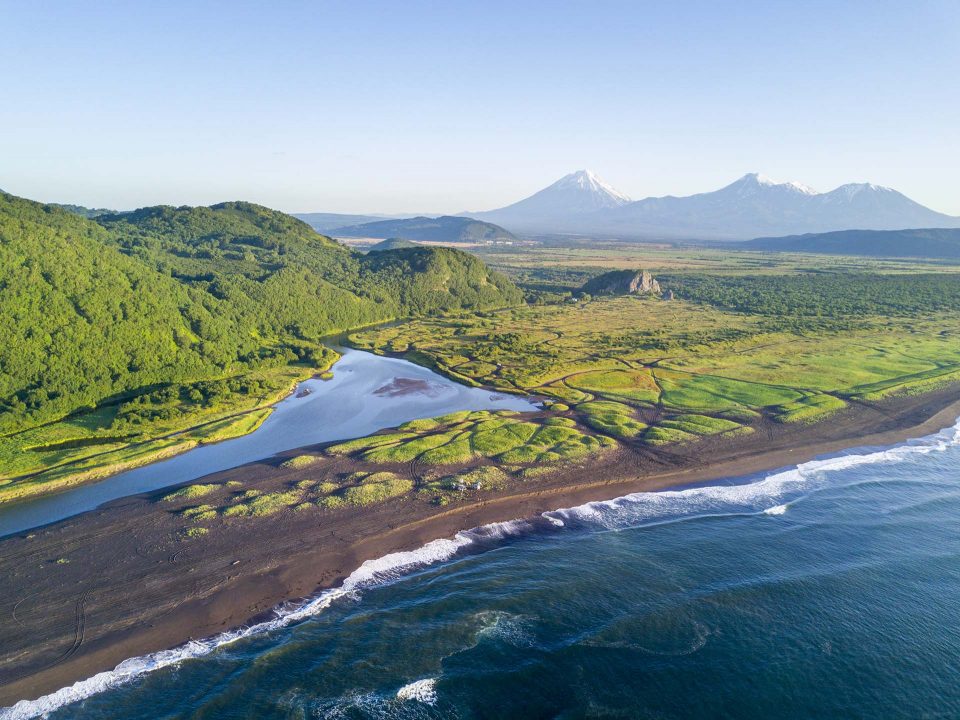
How do you plan for a surfing trip to a place like this?
I postponed my return trip to Israel by five days while the rest of my fellow Israelis flew home, and decided to use this time for a surfing experience.
I Googled “surfing in Kamchatka” and came up with an email address for a local Russian fellow named Anton, who had opened a surfing camp about an hour’s drive from the capital, on a beach known as Khalaktyrsky Beach.
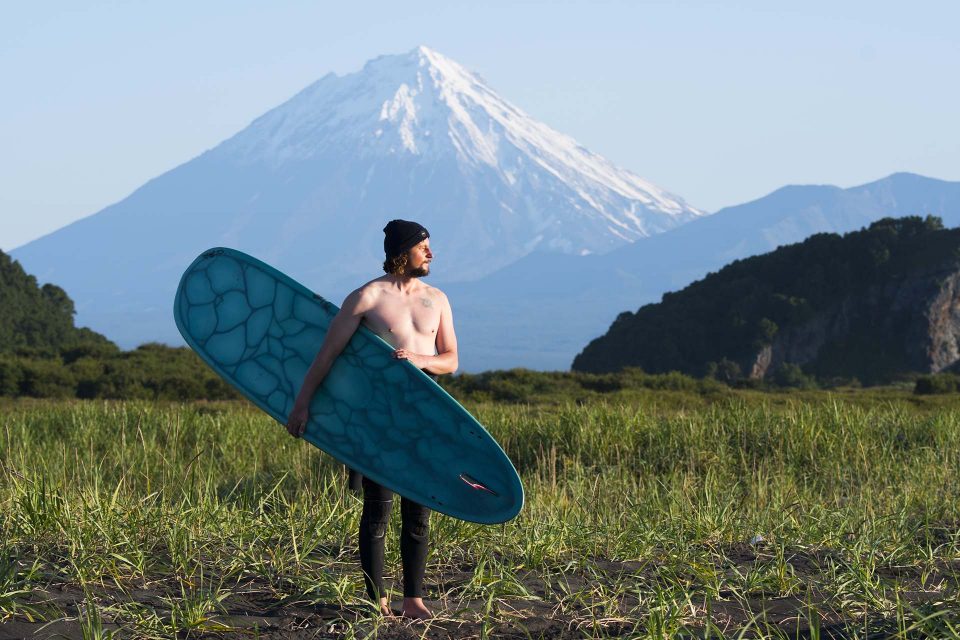
I sent Anton an email asking him if I could go out with him and the local surfers on a surfing trip that would be documented on camera.
His reply was a bit confusing in Russian English, but I did understand that he would be delighted for me to join them. I made a spontaneous decision to give it a shot, and off I went.
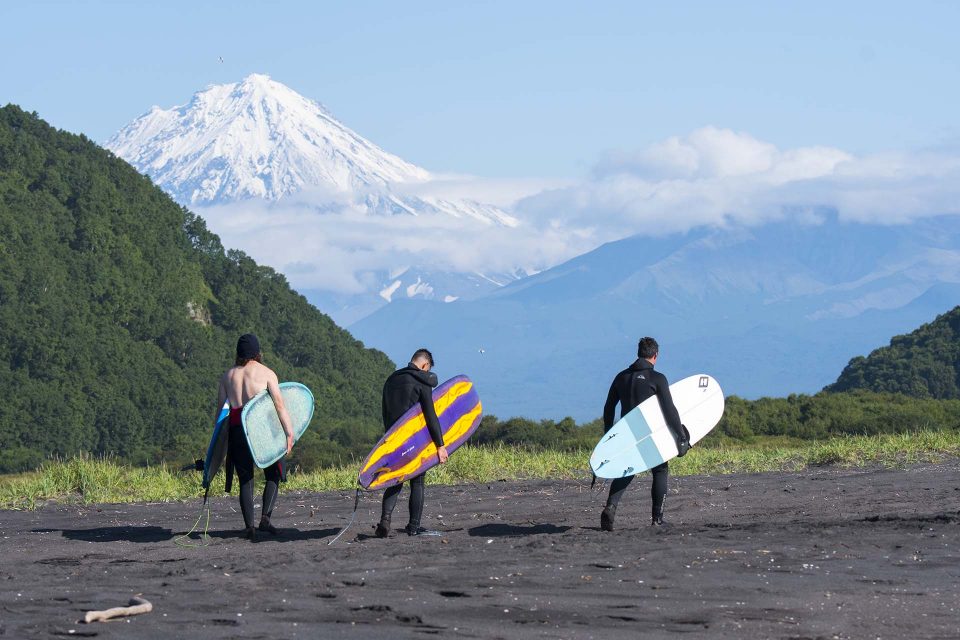
And what actually happened? How did the trip crystallize?
Following my ten days of photographing bears, whales and other wildlife, I bade farewell to the Phototeva group and continued on my own for a search for waves.
I took a 4×4 taxi to Khalaktyrsky Beach and quickly found Anton’s camp. It was located on a beach of black, wavy sand that stretched endlessly to infinite horizons, with a potential for really good waves.
There were some five surfers sitting around the campfire. Anton approached me, shook my hand and said:
“Tomorrow my friends will come with a 4×4 vehicle and we will go on a three-day trip. Would that be good for you?”
And so, the next morning, his friends arrived with these huge, amazing vehicles perfect for serious ground travel.
We loaded up the tents, equipment and food for 3 days and set off to look for waves on beaches that had no names.
a 4-minute clip i made, sums up the first trip in 2017: surf kamchatka | wildlife
What made you go back again, and this time in the winter?
My friendship with Anton and the others on my first trip made me eager to come back, and they had told me, “winter is really something to experience, very special.”
Kamchatka has a wild, extreme landscape, with infinite spaces that become covered in white snow and ice in winter, making the scenery even more spectacular.
These are very unique and unusual conditions comprising 2 things I am very connected to: surfing and snowboarding.
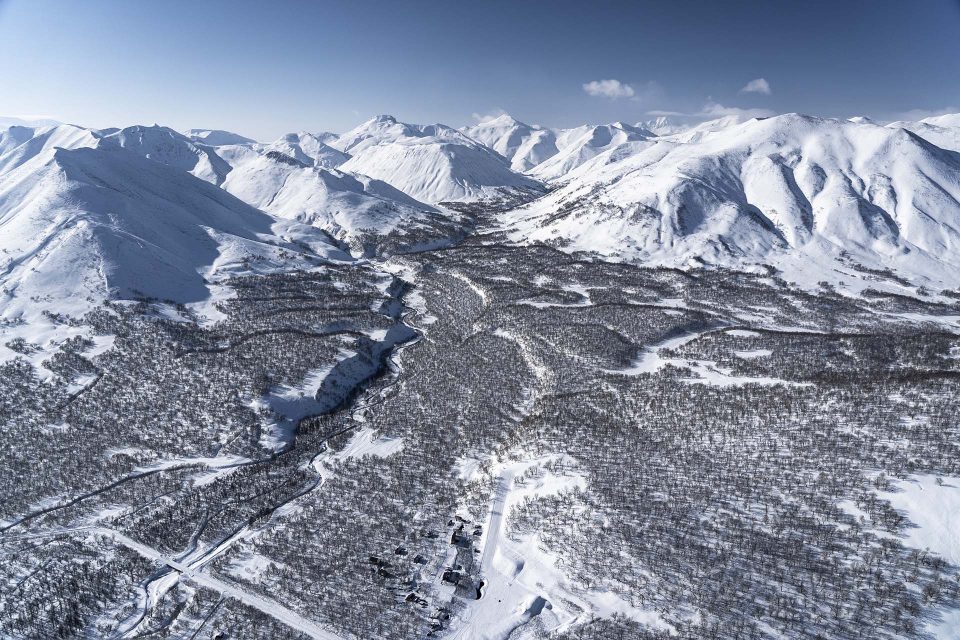
What is so unique about the winter conditions?
For snowboarding, it’s a place known for having no organized accommodation, and the only way to get to the mountains is by Heli ski (helicopter).
Some places are accessible by snowmobile, and volcanoes erupt right into the ocean; this wild landscape creates very unique conditions that can only be found in Kamchatka.
For surfing and waves, the site hasn’t yet been exposed to tourism and only a few surfers visit.
Most of the beaches in the region are not accessible for surfing because the only way to get to them is by helicopter.
Winter temperatures range from -10 to -15°C outside, and the water temperature ranges from 0 to 3°C.
It’s not ideal for everyone, and that’s also what makes it special – the snowy landscape that reaches right to the shore, the wildest of nature and the silence around you leaves you with an intense, emotional experience.
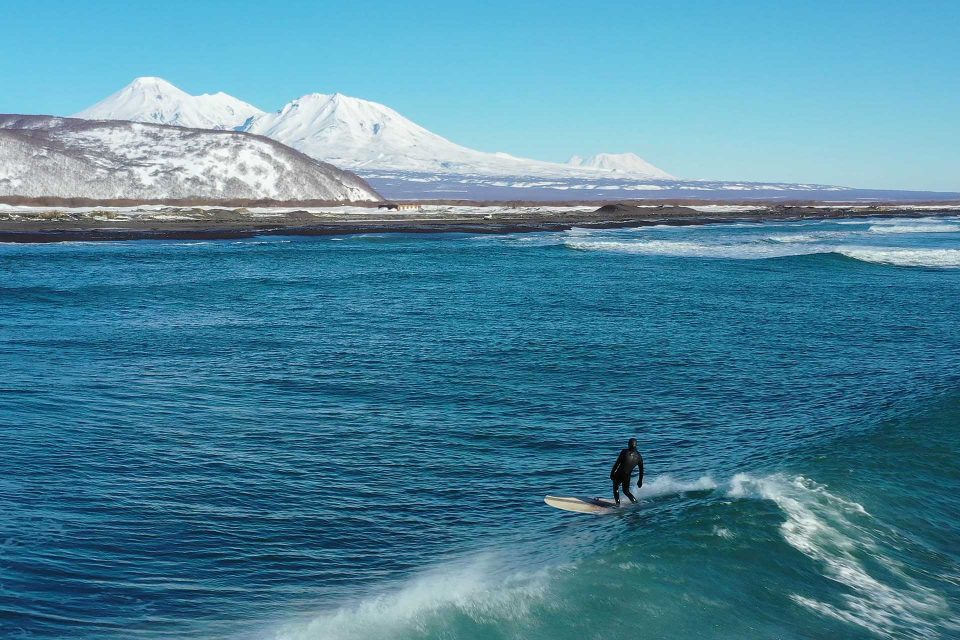
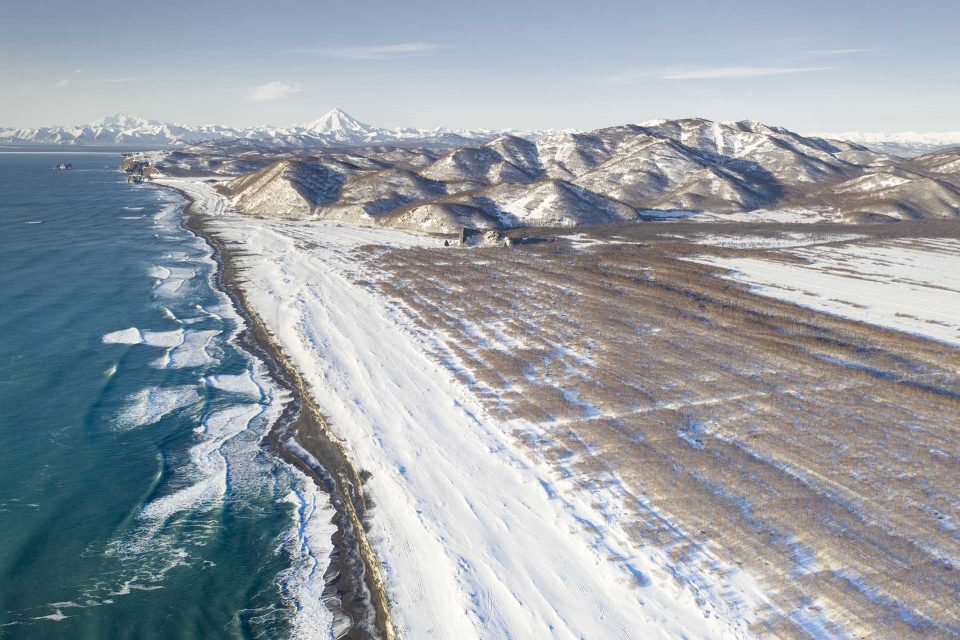
How did you get around in the winter?
During my first week, I joined a group of Russian travelers who went out for a week’s snowboarding, through agents known as Freeride Community. We spent a day studying exercises in case of avalanches, then 2 days of moving around by heli-ski and 3 days of travel by snowmobile.
We did some crazy things, like snowboarding into the mouth of a volcano, with huge, wild spaces around us that looked like the edge of the world.
At the end of that week, I met again with Anton of Snowave-Kamchatka.
Snow covered everything, blocking a lot of paths and roads, and the cold was extreme. We could only go out for a day trip and return to the main town in the evening.
We searched for waves on snow-covered beaches and surfed in icy waters. It was an amazing, crazy experience.
This one-minute clip will give you an idea of the surfing experience in Kamchatka | surf kamchatka
What are the principle things you need to take with you on a trip like this?
Because I focused on 3 interests of mine on this trip – photography, snowboarding and wave surfing in cold water, I had to take a lot of equipment suitable for extreme cold, to both maintain body heat and to protect cameras and batteries.
For wave surfing: 6.5 mm wetsuit with hood, 7 mm booties and 5 mm gloves. Under the wetsuit I wore a 1.5 mm thermal bodysuit. All of this would maintain body temperature in freezing water.
For snowboarding: The usual equipment – ski goggles, helmet, ski pants and jacket, thermal underclothes and snowboard shoes.
For photography: Special cases to protect batteries from cold, even when packed away. Camera covers and cases that are snow and waterproof. Extra batteries because of the extreme cold.
General equipment: A good parka, snow boots, warm socks, warm gloves with inner liners, a warm hat, a balaclava to protect head and face from frostbite, thermal clothing, heat packs (warmers), thermos.
In all, I took 65 kg of equipment – not your average vacation.
wanna see more of my video or photos?
Follow My Instagram Page: https://www.instagram.com/urimagnus/
